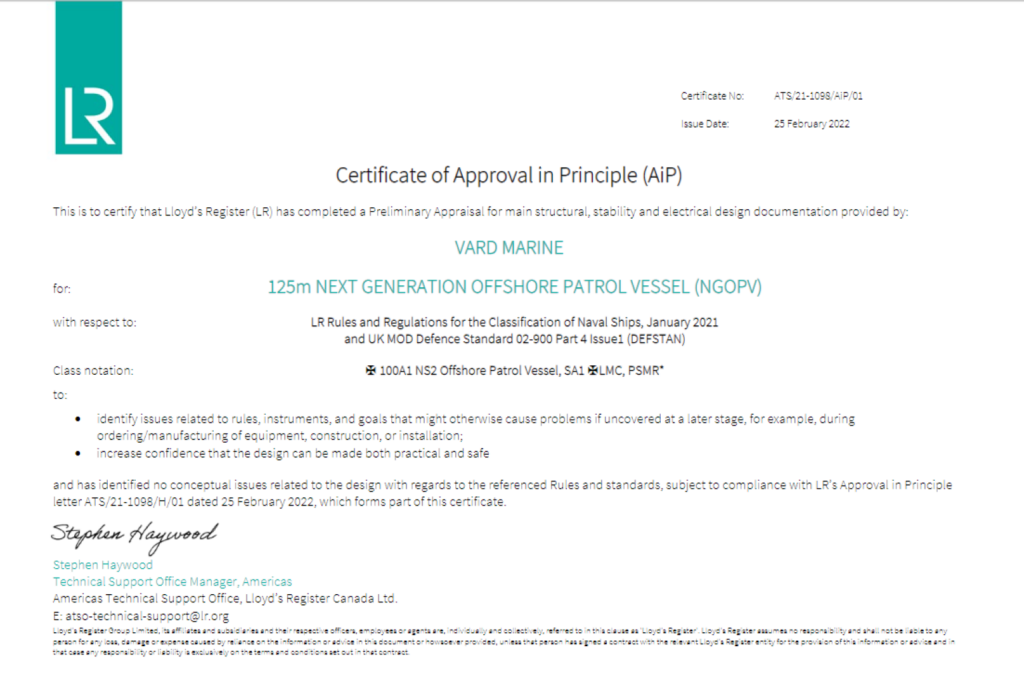According to Globaldata, the UK-based market research and data company, the value of the global market for naval and other maritime vessels is at US $38.7bn in 2022, but will jump to US $53.2bn by 2032, growing at a CAGR of 3.23%. Cumulatively, this market will be worth a staggering US $519.8bn over this 10-year period.
In order of market size, North America will be the leading investor, followed by Asia-Pacific and then Europe. Each region has similar concerns to alleviate by strengthening their presence in the seas surrounding their coasts, as well as the areas under the control of their allies and partners.
In Asia-Pacific, concerns such as maintaining sovereignty over potentially resource-rich seas of the South China region have prompted a rise in naval procurement by regional countries.
The navies of the world are increasing their fleet numbers and vessel types to maintain asymmetric advantages to protect their territorial waters against intrusions.
Maritime disputes over boundaries and the need to protect offshore resources such as unexplored oil and gas reserves or fertile fishing zones are expected to be major drivers. However, there are also other important factors such as piracy, terrorism, border and exclusive economic zone (EEZ) surveillance, counter-smuggling, search and rescue oil spill detection, fishery inspections or disaster relief.
Growth of OPVs
With so many tasks facing navies, large frigates are not suitable or economically viable for most tasks that require fast, versatile platforms that can react speedily to incidents. Enter offshore patrol vessels.
Offshore Patrol Vessels (OPV) are the fastest-growing segment of the Naval Vessels market and significant changes are happening in this space. The widespread adoption of specialised offshore patrol vessels has been one of the key maritime developments of the post-Cold War era.
Shipbuilders in shipyards across the world are producing hundreds of these vessels annually, as they can be built quickly and have their adaptable designs to carry multi-platform payloads for varied maritime roles.
Growth factors
There are two main factors behind the rise in popularity of OPVs. The first was the introduction and implementation of the United Nations Convention on the Law of the Sea (UNCLOS) III regime covering the need to police national EEZs that can go 200 miles or more beyond a country’s coastline.
The second, and more major factor, was the end of the Cold War. Without the need for large multi-national forces in and around Europe against the threat from the Soviets, naval fleet numbers could be stood down, saving a huge amount of money.
But the need for naval response vessels did not go away, for all the reasons previously mentioned.
Sector-leading OPVs
VARD Marine is a well-known naval architecture and marine engineering firm that has designed and built a range of sector-leading OPVs for navies and marine organisations across the world.
Although it is owned by VARD Group, which is, in turn, a subsidiary of Italian shipbuilder Fincantieri S.p.A., it works independently and has partnered in the production of state-of-the-art vessels that are the ultimate in flexibility to support any maritime function.
Its 30-year experience has given it a breadth and depth of knowledge to bring to bear on the myriad solutions it has been asked to advise on, design and build over the years. This is the main bulwark it has against that wide variety of marine issues. Nimble, flexible, and quick to respond, there is no single platform that can solve all sea-going problems, but VARD can certainly make a good fist of it.
Meeting client needs
Quality, reliability, modularity and the long life of the vessels it designs are the basic tenet of its operational mindset. It has demonstrated all the commitment, elasticity in customisation and problem-solving new challenges through cooperation that meets clients’ needs.
These clients form a resource that VARD uses to the benefit of both parties, and the understanding that develops between equal partners is invaluable in this endeavour to create just the perfect kind of vessel to solve the problem at hand.
VARD Marine offers:
- All aspects of ship design and production technology
- Total equipment and service packages to support offshore and domestic shipbuilding activities
- Transportation, economic and technical feasibility studies
- Research and analytical investigations
- Model test and full-scale trials management
VARD 7 125 Next-Generation OPV
Its most recent achievement has been the Approval in Principle (AiP) by Lloyds Register of its VARD 7 125 Next-Generation OPV.

Rooted in the design of the successful VARD Series 7, and building on the recently revealed 115m metre variant, this 125-metre vessel can support a wide variety of naval and non-military maritime missions. Upgraded weapons and sensor packages, reduced acoustic, magnetic and infrared signatures, it has also been designed to have minimal radar cross-section, together with enhanced Nuclear/Biological/Chemical defences, and improved damage control and survivability.
As a general-purpose (GP) or Anti-Submarine Warfare (ASW) variant, this vessel package allows for a multi-mission bay and a set-down area for containerised mission payloads. Different mission profile – different equipment payload.
This design has been given these Lloyd’s Register’s notations: ✠ 100A1 NS2 Offshore Patrol Vessel, SA1, ✠ LMC and PSMR*. The application of Lloyd’s Register’s Naval Ship Rules and the International Naval Safety Association’s Naval Ship Code are industry benchmarks; receiving approval to these standards offers additional assurance to prospective customers.


